 2006 Hyundai Verna Hatchback Dimensions, Size & Specs
2006 Hyundai Verna Hatchback Dimensions, Size & Specs
Measurements of the 2006 Hyundai Verna Hatchback, engineered for optimal performance and comfort
| Dimensions | |
|---|---|
| Length: | 4045-4280 mm159.3-168.5 in13.3-14.0 ft |
| Width: | 1695 mm66.7 in5.6 ft |
| Height: | 1470 mm57.9 in4.8 ft |
| Trunk Capacity: | 367 liter13.0 cu ft |
| Trunk Capacity (Max): | 801 liter28.3 cu ft |
| Weight Specifications | |
| Curb Weight: | 1050-1140 kg2315-2513 lbs |
| Maximal permitted Weight: | 1595-1690 kg3516-3726 lbs |
| Tire Specifications | |
| Tire Size: |
|
The 2006 Hyundai Verna Hatchback, produced from 2006 to 2009, represents a compact and versatile vehicle option in Hyundai's lineup. Measuring between 4045 mm to 4280 mm in length (approximately 159.3 to 168.5 inches), with a consistent width of 1695 mm (66.7 inches) and a height of 1470 mm (57.9 inches), the Verna Hatchback strikes a balance between urban maneuverability and interior spaciousness. The vehicle's curb weight varies from 1050 kg to 1140 kg (2315 to 2513 lbs), and it supports a maximum weight ranging from 1595 kg to 1690 kg (3516 to 3726 lbs), ensuring a sturdy yet efficient build. Tire specifications include 185/65 R14, providing stability and comfort suited for a compact hatchback. One of the key highlights of this model is its practical luggage capacity which stands at 367 liters (12.95 cubic feet) with all seats in place, expanding significantly to 801 liters (28.3 cubic feet) when the rear seats are folded down. This makes the 2006 Hyundai Verna Hatchback an ideal choice for those needing flexible cargo space without sacrificing passenger comfort. Overall, the Verna Hatchback from this era offers a dimensionally compact yet spacious design, suitable for city driving and light family use, featuring a combination of modest exterior size, efficient weight management, and practical interior storage.
Discover the standout features that make the 2006 Hyundai Verna Hatchback a leader in its class
Have a question? Please check our knowledgebase first.
The Hyundai Verna Hatchback from the 2006 to 2009 production period has a length ranging between 4045 mm to 4280 mm (approximately 159.1 to 168.5 inches). Its width is consistent at 1695 mm (66.7 inches), while the height stands at 1470 mm (57.9 inches). These dimensions provide a compact, yet spacious form factor for urban driving and parking convenience.
The curb weight of the 2006-2009 Hyundai Verna Hatchback ranges from 1050 kg to 1140 kg (2315 to 2513 pounds). The maximum weight or Gross Vehicle Weight Rating (GVWR) the car can handle is between 1595 kg to 1690 kg (3516 to 3726 pounds). This reflects the total weight of the vehicle when fully loaded with passengers, luggage, and fuel.
The Hyundai Verna Hatchback provides a luggage capacity of 367 liters (about 12.95 cubic feet) with all seats in place, which is quite practical for a hatchback of its class. When the rear seats are folded down, this capacity expands significantly to 801 liters (around 28.3 cubic feet), greatly enhancing its ability to carry larger or additional cargo.
This generation of the Hyundai Verna Hatchback uses tires sized 185/65 R14. These tires strike a balance between comfort, road grip, and fuel efficiency. The 14-inch wheels are typical for compact cars and provide a smooth driving experience with adequate handling for everyday urban and highway conditions.
A standard garage size is generally about 2.4 meters wide and 4.8 to 6 meters long (roughly 8 feet wide and 16 to 20 feet long). Given the Verna Hatchback's maximum length of 4280 mm (168.5 inches or about 14 feet) and width of 1695 mm (66.7 inches or 5.5 feet), it easily fits into a standard garage with room to spare for opening doors and moving around the car.
Compared to its predecessor, the 2006-2009 Hyundai Verna Hatchback generally observed modest increases in length and improved interior packaging. The earlier generation had slightly smaller exterior dimensions, resulting in the newer generation offering more cabin space and improved luggage capacity. The design evolution focused on enhancing passenger comfort and utility without significantly increasing the overall footprint.
When compared to similar compact hatchbacks from the same era, such as the Honda Jazz/Fit or Toyota Yaris, the Verna Hatchback offers competitive length and width dimensions. Its length (up to 4280 mm) is slightly longer than some competitors, allowing for more interior and cargo space, while its width of 1695 mm is typical for this segment. This makes the Verna a spacious and practical choice among compact hatchbacks of its time.
The Verna Hatchback stands at a height of 1470 mm (57.9 inches), which is standard for compact hatchbacks designed for urban and suburban environments. While the exact ground clearance isn't specified here, typical ground clearance for cars in this class ranges around 150-170 mm (5.9 to 6.7 inches), offering a good balance for city driving and moderate uneven roads.
The Hyundai Verna Hatchback from 2006 to 2009 comfortably seats five passengers. Its dimensions and interior space balance passenger comfort with compact exterior proportions, providing adequate legroom and headroom for front and rear passengers. The flexible rear seat layout also allows for expanding cargo space when needed, making it versatile for everyday use.
With a curb weight between 1050 kg and 1140 kg (2315 to 2513 pounds), the 2006-2009 Hyundai Verna Hatchback is relatively lightweight, which contributes positively to fuel efficiency and agile handling. A lighter car typically requires less energy to move, resulting in better mileage. The balanced weight also enhances maneuverability, making it easy to drive in tight city spaces and responsive on highways.
Discover similar sized cars.
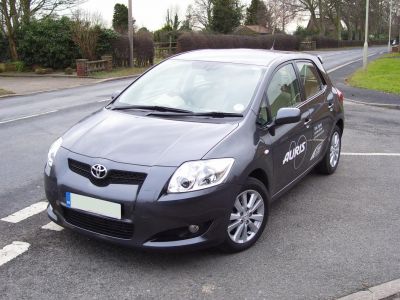
| Model Year: | 2007 |
|---|---|
| Length: | 4220 mm166.1 in |
| Width: | 1760 mm69.3 in |
| Height: | 1515 mm59.6 in |
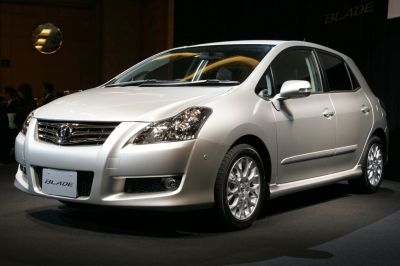
| Production: | 2006-2011 |
|---|---|
| Model Year: | 2007 |
| Length: | 4220 mm166.1 in |
| Width: | 1760 mm69.3 in |
| Height: | 1515 mm59.6 in |
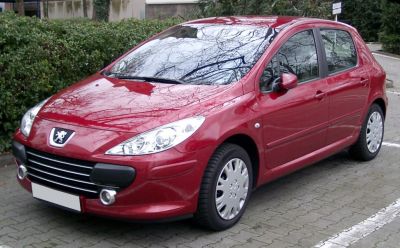
| Production: | 2005-2008 |
|---|---|
| Model Year: | 2005 |
| Length: | 4212 mm165.8 in |
| Width: | 1746 mm68.7 in |
| Height: | 1510 mm59.4 in |
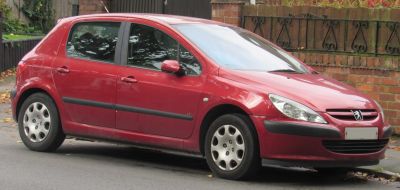
| Production: | 2001-2005 |
|---|---|
| Model Year: | 2001 |
| Length: | 4202 mm165.4 in |
| Width: | 1730 mm68.1 in |
| Height: | 1512 mm59.5 in |
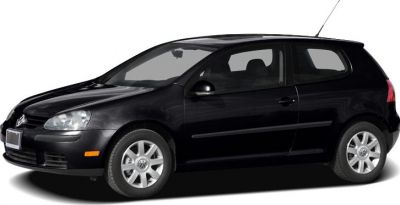
| Production: | 2006-2009 |
|---|---|
| Model Year: | 2006 |
| Length: | 4210 mm165.7 in |
| Width: | 1759 mm69.3 in |
| Height: | 1479 mm58.2 in |
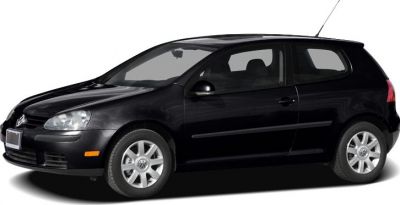
| Production: | 2006-2009 |
|---|---|
| Model Year: | 2006 |
| Length: | 4210 mm165.7 in |
| Width: | 1759 mm69.3 in |
| Height: | 1479 mm58.2 in |

| Model Year: | 2022 |
|---|---|
| Length: | 4200 mm165.4 in |
| Width: | 2055 mm80.9 in |
| Height: | 1505 mm59.3 in |

| Production: | 2001-2005 |
|---|---|
| Model Year: | 2001 |
| Length: | 4140 mm163.0 in |
| Width: | 1695 mm66.7 in |
| Height: | 1440 mm56.7 in |
